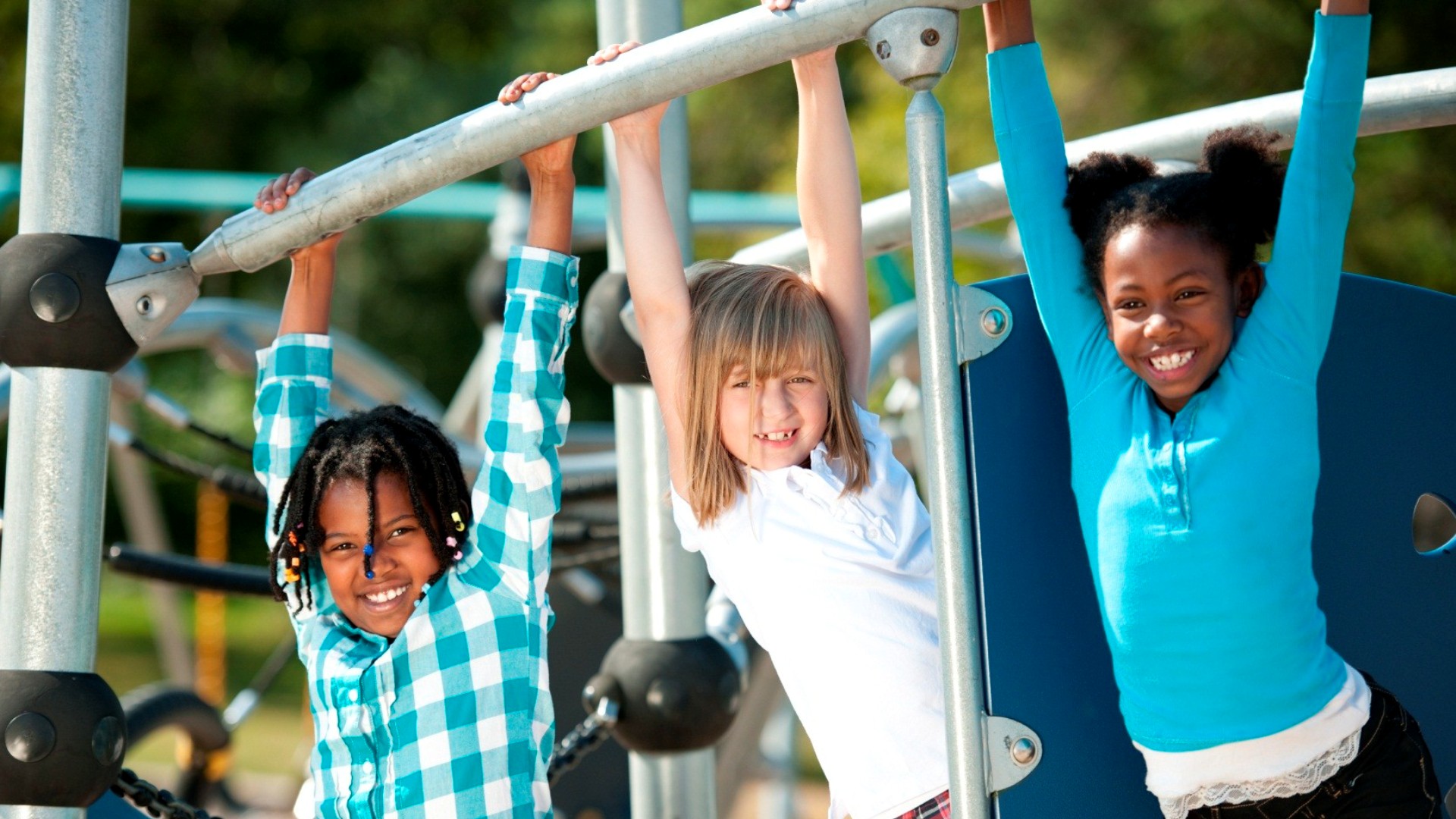Statistics On Child Sexual Abuse: Frameworks focused on violence against children have generally excluded critical gender and age dimensions, often failing to capture specific types of sexual violence and effectively integrate a life-course approach.
One example of this is violence that occurs in adolescent dating relationships — and how it is exacerbated by gender inequality.
An intersectional approach is necessary to understand and address the overlapping and intersecting risk factors for victimization.
While the Convention on the Rights of the Child (CRC) has been instrumental in guiding progress over the decades to address violence against children, it does not offer a nuanced perspective related to age and gender, which is particularly problematic for the vulnerabilities experienced by adolescents, especially adolescent girls.
RELATED: Sexual Abuse Of Young Children
Additionally, the issue of sexual violence in childhood and adolescence overlaps with many other areas of research and action, including intimate partner violence; child, early, and forced marriage; and others.
On the other hand, frameworks focused on violence against women and gender-based violence have not adequately integrated a developmental perspective and often lack a focus on the different needs and experiences of children and adolescents — including how violence against women impacts both boys and girls.
Article 1 of the CRC defines a child as a person below the age of 18, unless the laws of a country determine the legal age for adulthood to be younger. Because there are significant differences between children at different stages of development, there is a further distinction between various stages of childhood for this review.
The term “adolescent” is not intended to replace the use of “children” but instead to provide an additional term to describe specific ages, maturation, and life stages of individuals aged 10-17. We understand that the terms “children” and “adolescents” take on different meanings in different contexts.
However, UN organizations use different ranges to further divide age cohorts within childhood, with no broadly agreed-upon categorization. For this review, wherever possible, we differentiate among early childhood (0-4 years), childhood (5-9 years), early adolescence (10-14 years), and late adolescence (15-17 years).
While there are similar age-related vulnerabilities for children and adolescents, the settings and types of sexual violence experienced vary depending on a child’s age and gender.
Both age and gender play a critical role in defining risk and protective factors, and prevention interventions and strategies must be framed within an understanding of the specific set of vulnerabilities experienced by boys and girls at different points in their development.
Age also plays a critical role in establishing consent. Research suggests that boys and girls have different risk factors for and experiences of sexual violence and can also experience different short- and long-term impacts.
The nature of sexual violence and its impact can also be dependent on the context (e.g., in marital and non-marital or dating relationships, harmful practices such as female genital mutilation and/or cutting, or child, early, and forced marriage). Gender is complex and culturally constructed, with vast implications for the prevention of sexual violence.
For example, gender inequality can influence access to resources, mobility, and agency in relationships, and gender norms that condone violence can help perpetuate impunity. Most research on preventing sexual violence against children does not examine the nuances associated with gender roles or gender identity.
As such, wherever possible, given the nature of the available evidence, this review will examine the effectiveness of interventions for preventing sexual violence based on a child’s assigned sex (female or male) to ascertain whether an intervention is effective for boys, girls, or both.
Children As Perpetrators of Sexual Abuse
While many perpetrators of sexual violence against children are adults, children and adolescents under the age of 18 also perpetrate sexual violence against children/other children.
Child and adolescent perpetrators are typically viewed as fundamentally different from adult perpetrators, and research in neuroscience and developmental criminology reinforces the understanding that there are profound differences among adults, children, and adolescents in terms of their capacity to regulate emotions, control their behavior, and weigh the costs and benefits of decisions.
The unique considerations of child development and the perpetration of child sexual violence by children and adolescents have significant implications for policy, practice, and, in particular, prevention efforts. It is critical to note that the perpetration of sexual offenses by children and adolescents is not necessarily indicative of an ongoing risk for future perpetration.
Despite the evidence that child and adolescent perpetrators are developmentally unique from adults, in some justice systems offenders under the age of 18 are treated as adults or perceived as having the potential to become adult offenders, despite evidence that disputes this assumption.
This failure to distinguish between adult perpetrators and children and adolescents who perpetrate sexual violence can have severe consequences for children and adolescents, including increased risk of mental health issues and suicide. Effective prevention efforts must then recognize the unique developmental status of children and adolescents.
Prevalence of Sexual Abuse Against Children
All children can be the target of sexual violence, and data suggest that girls are generally at higher risk for it. Global estimates show that 120 million (or one in 10) girls under the age of 20 have experienced some form of forced sexual contact. Global estimates for boys are currently not available.
However, an analysis of available data for 24 countries (primarily in high- and middle-income countries) showed that sexual violence in childhood ranged from 8% to 31% for girls and 3% to 17% for boys.

Two recent meta-analyses of global prevalence studies focused specifically on child sexual abuse have produced strikingly similar estimates. The first analysis included 65 articles involving 37 male and 63 female samples across 22 countries, totaling more than 10,000 individuals.
Definitions of child sexual abuse in the studies varied, with an upper age limit ranging from 12 to 17 years and approximately two-thirds of the studies including non-contact child sexual abuse.
The investigators reported a combined mean prevalence of child sexual abuse in 7.9% of males and 19.7% of females, with the highest rates occurring in Africa and the lowest in Europe. The second analysis included data from 331 studies representing nearly 10 million individuals.
In this analysis, the total combined prevalence was 11.8%, with 7.6% of males and 18% of females reporting experiences of child sexual abuse. In this analysis, Asia reported the lowest combined prevalence for both boys and girls, while Africa had the highest prevalence for boys and Australia the highest prevalence for girls.

Over the last decade, significant efforts have been undertaken to improve data for LMICs through the Demographic and Health Surveys (DHS), Multiple Indicator Cluster Surveys (MICS), and Violence Against Children and Youth Surveys (VACS). These have shown similar ranges.
Additionally, extensive research has documented that in HICs, as well as LMICs, children are most likely to experience sexual violence perpetrated by someone they know, including immediate family members such as parents and siblings, more distant relatives, family friends and other members of the household, or close and trusted individuals.
Perpetrators of sexual violence also often include intimate partners of adolescents as well as community members such as teachers, coaches, and peers at school and others within the community, such as religious leaders. Adolescence is a period of increased vulnerability to sexual violence, especially for girls.

Sexual violence against children can be perpetrated anywhere, yet it is most commonly reported to be within familiar and known locations. Home, school, and community are all settings where children and adolescents face risk of sexual violence. The family or child’s home is the most frequently mentioned location for sexual assaults and rapes of children.
Additionally, threats of sexual violence are rampant in the online environment. Recent research found that technology facilitated sexual violence often co-occurred with “teen dating” violence (intimate partner violence) among adolescents.
INTERPOL’s International Child Sexual Exploitation (ICSE) image and video database has intercepted more than 1.5 million images and videos.
Following the examination of random selection of videos and images in the ICSE database, INTERPOL and ECPAT International published a joint report in February 2018 entitled “Towards a Global Indicator on Unidentified Victims in Child Sexual Exploitation Material.” The study identified a number of alarming trends:
• The younger the victim, the more severe the abuse
• 84% of images contained explicit sexual activity
• More than 60% of unidentified victims were prepubescent, including infants and toddlers
• 65% of unidentified victims were girls
• Severe abuse images were likely to feature boys
• 92% of visible offenders were male
Workplace settings — especially in exploitive, isolated, or informal settings and including bonded domestic or forced labor — are especially precarious environments for children and adolescents.
Religious organizations, youth-serving organizations, and competitive sports can often provide a context where children and adolescents are also vulnerable to physical, sexual, and psychological abuse from peers, mentors, leaders, and coaches.
Alternative living settings, such as residential, foster care, or justice facilities, create additional vulnerability to sexual violence. In addition, the route to school and school settings are places where sexual violence against children and adolescents occurs. Read Complete PDF




